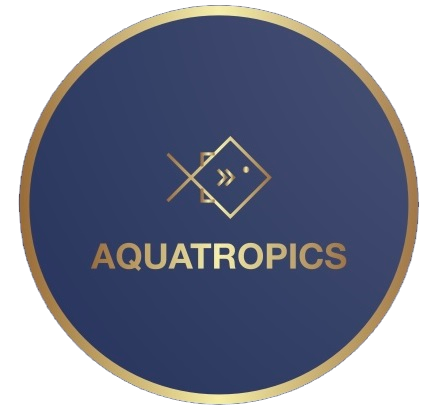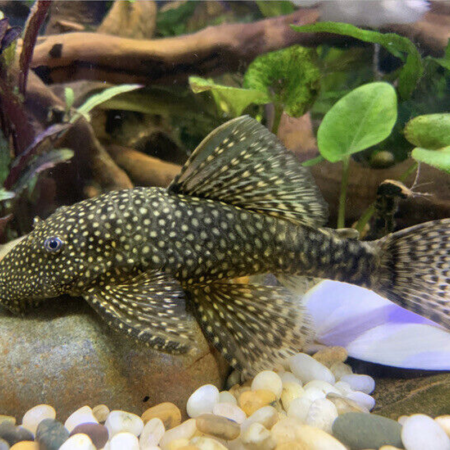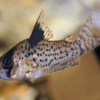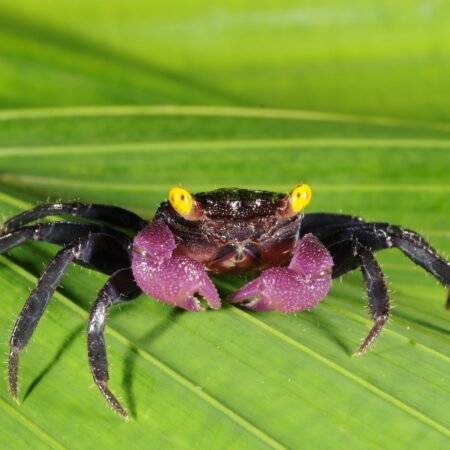-
×
-
×
-
×
-
×
-
×
-
×
Assorted Colour Vampire Crab Geosesarma Sp 2-3Cm 1 × £8.71
-
×
Subtotal: £114.47






 Assorted Colour Vampire Crab Geosesarma Sp 2-3Cm
Assorted Colour Vampire Crab Geosesarma Sp 2-3Cm 









Emily Carter (verified owner) –
I recently added a Blue Phantom Pleco (Hemiancistrus Sp. L128) to my 75-gallon tank, and I couldn’t be happier! This catfish has quickly become a favorite among my aquatic family. After about two months, I’ve observed him diligently cleaning the tank, effectively tackling algae that other algae-eating fish just couldn’t touch. His stunning blue and black coloration adds a beautiful contrast to my setup, and he really stands out during feeding times.
I initially considered other plecos, but this one is more active and sociable than the common ones I’ve kept in the past. He seems to enjoy interacting with the other fish, which is a bonus! One minor concern is that he’s a bit shy during the day, preferring to hide in the driftwood, but I suppose that’s just his personality.
For anyone looking to maintain a healthy aquarium, this Blue Phantom Pleco is perfect for both beginners and seasoned aquarists. Just be sure to provide plenty of hiding spots and a varied diet! Overall, I’m thrilled with my purchase, and I highly recommend this lovely creature to anyone wanting a beautiful, hardworking addition to their tank.
Jessica Morgan (verified owner) –
I recently added the Blue Phantom Pleco to my peaceful community tank, and I couldn’t be happier! This beautiful algae-eating fish has been a delight to watch. After about two months of introducing him to my tank, he quickly adapted and started doing wonders for the algae problem I had. His stunning colors really bring life to my aquarium, and he loves hiding among the plants, which adds a nice dynamic to the setup.
Compared to other catfish I’ve owned, the Blue Phantom is much more active and social. He often swims around and interacts with my other fish, which is a joy to see. A minor concern is that they prefer slightly warmer water, but with the right temperature and a well-planted environment, he’s thrived.
For anyone looking to enhance their tropical fish collection while keeping algae in check, I highly recommend the Blue Phantom Pleco. He’s perfect for community tanks and ensures the health of my aquatic plants. Make sure to provide hiding spots and regular water changes for the best results! Definitely a fish I’ll be purchasing again in the future.